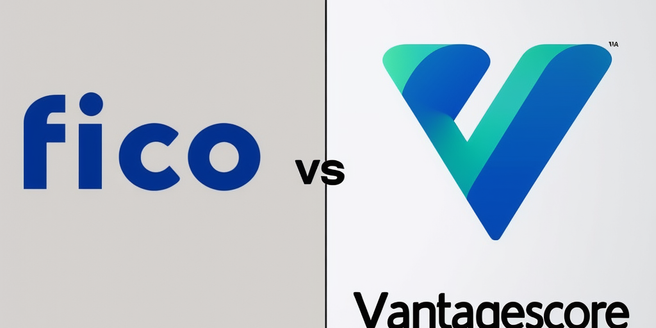Understanding the Basics of Credit Scores
Credit scores are a numerical representation of your financial trustworthiness, summarizing how reliably you’ve managed borrowing and repayment over time. Stable credit card usage, timely loan repayments, and fulfilling commercial borrowing obligations all contribute to your score. A higher score signifies lower risk to financial institutions, thus making your loan applications more appealing. The score varies immensely due to different credit scoring models used by various institutions, each with unique evaluation metrics; however, they all aim to assess your creditworthiness. Different models might emphasize the length of your credit history, payment history or outstanding debts differently. Therefore, varying scores across models do not imply inconsistency, but a different emphasis on financial habits.
The FICO Credit Scoring Model: A Detailed Overview
The Fair Isaac Corporation, often known as FICO, is a leading credit scoring model named after its founders, Bill Fair and Earl Isaac. It evaluates creditworthiness based on five principal aspects: payment history, total amounts owed, length of credit history, newly obtained credit, and types of credit used. Payment history assesses past credit obligations while total amounts owed refer to the relative and absolute amount owed in comparison to the total credit limit. The length of credit history offers a long-term perspective on credit behavior, with new credit indicating possible financial strain. The types of credit used evaluate whether a person can handle different kinds of credit. Together, these factors provide a holistic perspective of an individual’s credit behavior, establishing FICO as a key player in credit evaluation.
The Vantage Score: How it Works and Distinguishes Itself
Introduced by the three leading credit reporting agencies, Experian, Equifax, and TransUnion, the Vantage Score is a credit scoring model developed as an alternative to existing systems. Its unique strength lies in its different weightage of components of your credit history, thus reevaluating the relative importance of various factors contributing to your credit score.
The Vantage Score is known to be more forgiving of occasional financial missteps such as a one-off late payment or a minor excess on your credit limit. Unlike other systems that heavily penalize such slips, the Vantage Algorithm takes a broader view of an individual’s credit history, considering that everyone can have a few bad days that do not necessarily define their overall financial picture. Therefore, this alternative scoring method offers a realistic interpretation and a more reliable image of an individual’s true creditworthiness, proving to be more lenient towards the unavoidable and sporadic financial mishaps.
Less Popular Credit Scoring Models: PLUS, Score X and Others
While FICO and VantageScore are widely recognized credit scoring models, lesser-known systems like PLUS and Score X also have a significant presence in the industry, catering to specialized markets. Despite their lower visibility in the market, PLUS and Score X have cemented their place in the credit scoring world by focusing on often overlooked sectors. They have now become crucial in their realms, providing unique services specific to the intricate needs of both lenders and borrowers in these niche areas, with the aim to deliver a bespoke experience that helps them realize their financial goals. This indicates that the relevance and potential advantages of employing these lesser-known models should not be underestimated. Through their strategic focus, PLUS and Score X bring a whole new level of diversity to the assessment of creditworthiness, thus enriching the entire credit industry.
How Different Credit Scoring Models Impact You
Credit scoring models, including FICO and VantageScore, can deliver different scores for an individual due to their distinct criteria and calculations. An instance is how they interpret a late payment; FICO, which tends to take this seriously, will likely reflect it more negatively than VantageScore. The latter, co-developed by Equifax, Experian, and TransUnion, places greater emphasis on data trends and patterns, thus treating the same late payment in a more lenient manner. Thus, understanding these dynamics is crucial for maintaining and improving your credit scores and financial reputation.
Choosing the Right Credit Scoring Model: Key Considerations
Selecting a model of credit standing involves numerous factors, primarily determined by the nature of the impending loan and your specific financial situation. Understanding different credit score models, each with its own set of rules, is crucial for making educated decisions to improve your credit score. While there isn’t a one-size-fits-all method, selecting a suitable model tailored to your circumstances can guide you effectively towards your credit goals. Broadly speaking, understanding the distinctive operations of different models will not only enhance your decision-making abilities but also provide a roadmap to attaining a satisfactory credit score.


